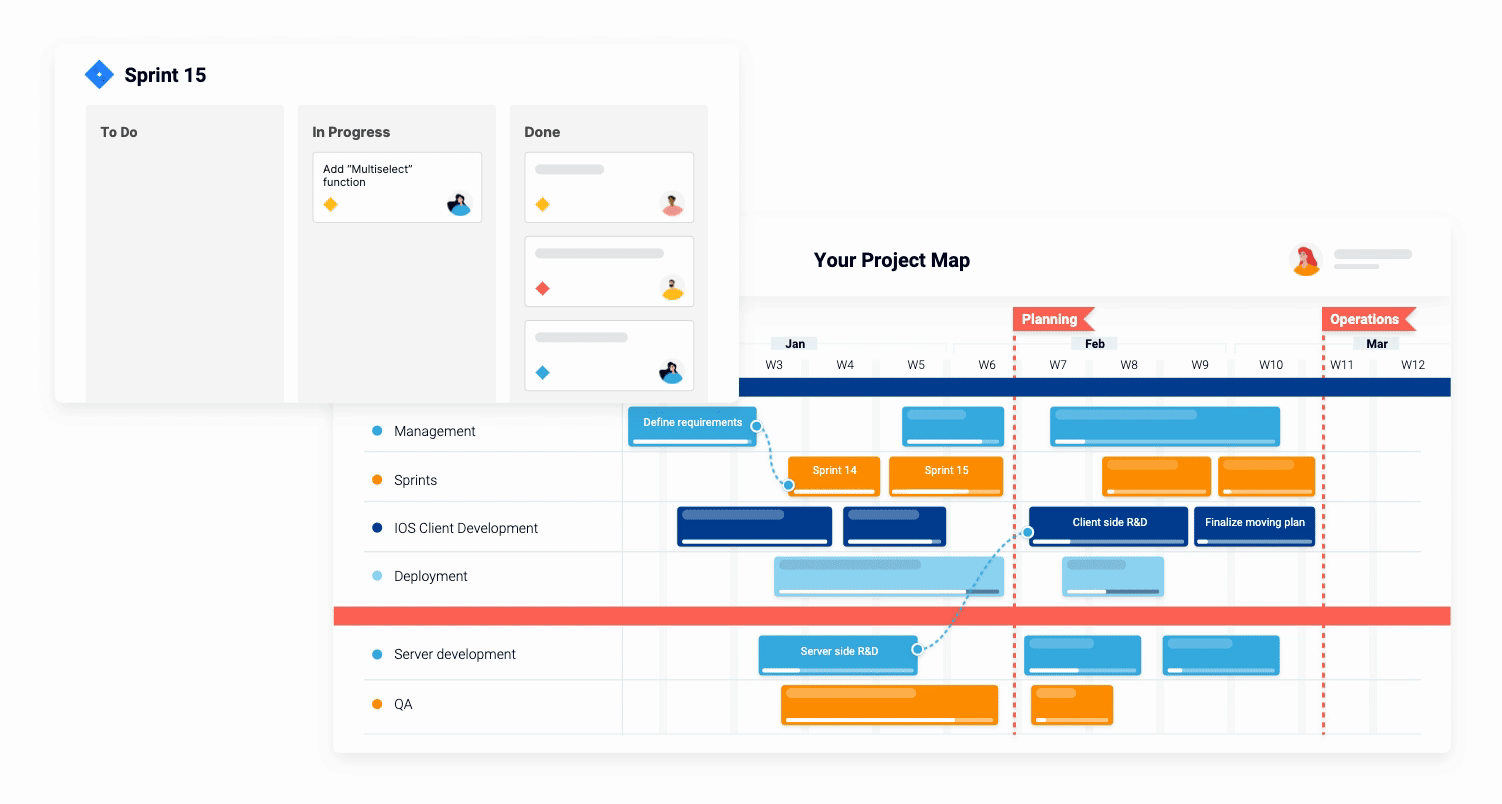Current Status and Challenges
The rise of Agile methodologies has revolutionized software project management, enabling faster, shorter, and more frequent releases, significantly boosting development velocity. Jira has emerged as a leading tool for managing high-velocity teams, offering capabilities to control and analyze short-term operations across various DevOps aspects.
However, teams with exceptional velocity have discovered that Jira’s capabilities are not always sufficient. While speed is crucial, visibility becomes a significant challenge. The proliferation of tickets and the digitization of development tasks can obscure the overall path forward. This limitation necessitates additional tools to provide a higher-level view and enhance Jira’s functionality.
Software teams relying solely on Jira often find themselves like cars with powerful engines accelerating into foggy conditions, lacking clarity on the road ahead.
Identifying the Gap
Using Jira alone creates several issues that impact the day-to-day work of software teams:
- Short-term Execution vs. Long-term Planning and Tracking Management and product leaders need structured methods to build roadmaps that align with customer commitments, product vision, and goals. While software teams use Jira effectively for immediate tasks, there is often a disconnect with longer-term planning and tracking.
- Working in Silos and Missing Cross-Team Coordination Software development rarely operates in isolation. It involves research, approval processes, non-software activities, and concurrent release and customer delivery tasks. These critical workstreams are typically not managed within Jira, necessitating collaborative management across the entire development process.
- Resource Management Challenges Focusing solely on short-term roadmaps hinders comprehensive resource analysis, making it challenging to ensure resource availability for longer-term goals.
The Solution: Bridging the Gap with Modern Tools
A modern project management system must seamlessly integrate with Jira while addressing the needs of teams not using Jira. This dual capability ensures that all the great features of Jira are accessible and complemented by enhanced project management functionalities.
Addressing this gap is a core challenge in modern software project management, crucial for success. The key elements required include:
- Seamless Agile Monitoring and Roadmap Delivery Projections The tool should enable the delivery of larger workpieces, provide better visibility into projects, analyze team capacity, and share project status organization-wide. It must not enforce target dates in Jira, as this can disrupt the Agile methodology. Instead, it should use Agile progress data to develop innovative monitoring schemes, combining Agile’s velocity with enhanced management visibility.
- Ensuring Resource Availability The tool must help avoid overcommitting teams by providing a clear view of story points or loading percentages, ensuring the right resources are available to support goals. This includes the ability to quickly assess resource availability.
- Full Integration with Jira A full sync with Jira allows managers to monitor project schedules against development progress without delving into Jira for data. The synced information provides a comprehensive view of the project plan.
- Unified Team Coordination Software projects involve more than just code writing. The tool must capture planning and tracking for requirements gathering, product definitions, research, management approvals, QA, customer success, deployment, release, and more. Capturing only coding tasks is insufficient.
Implementing the Solution with Proggio
Proggio’s latest Jira integration offers a practical approach to enhancing software project management in three simple steps:
- Plan Develop software development timelines around release dates and their associated tasks, including work by non-software teams such as marketing and compliance. Each project timeline is automatically added to a portfolio.
- Link and Sync Connect Proggio to Jira using Jira’s secure application link, set up by a Jira Admin. Once connected, link Proggio objects with Jira issues, ensuring updates are reflected on both platforms.
- Track and Analyze Proggio’s progress monitoring, based on synced Jira data, displays completed, on-track, or delayed statuses. Additionally, Proggio pulls resource assignments and effort points from various projects to provide a clear and visual resource management matrix for long-term planning.
See it in action:

Conclusion
By following these steps, teams can enhance their use of Jira with Proggio, achieving a more comprehensive and coordinated project management approach. This integration provides the visibility, planning, and resource management needed to navigate the complexities of modern software development successfully.